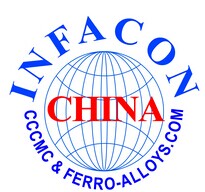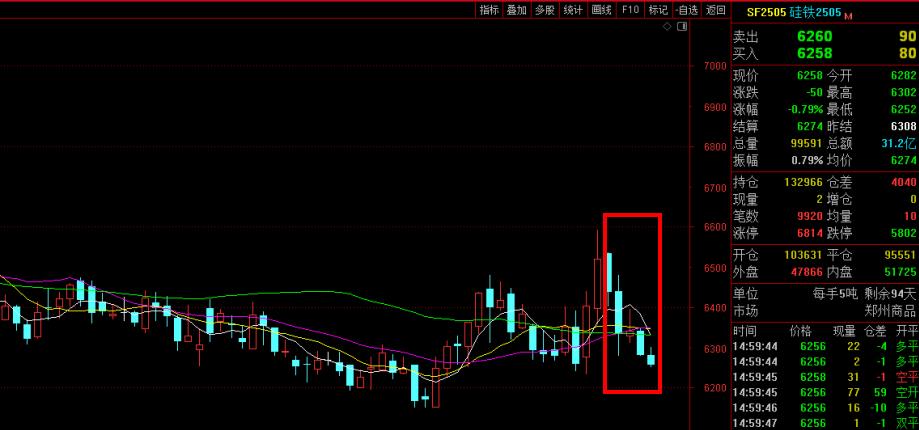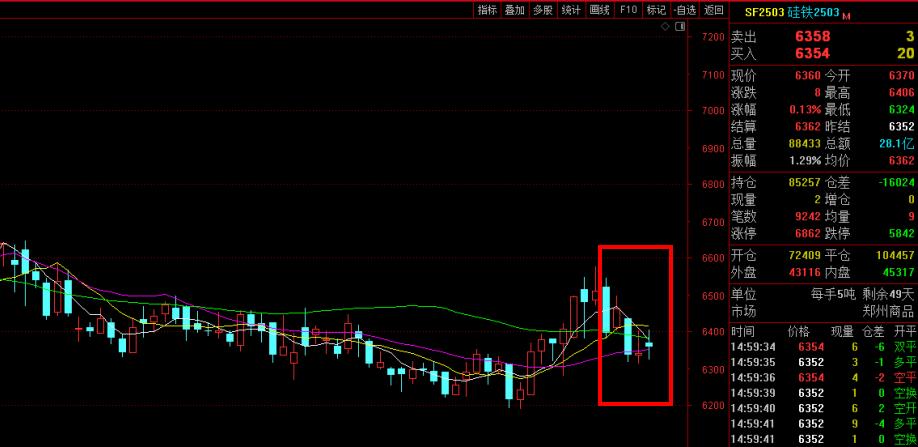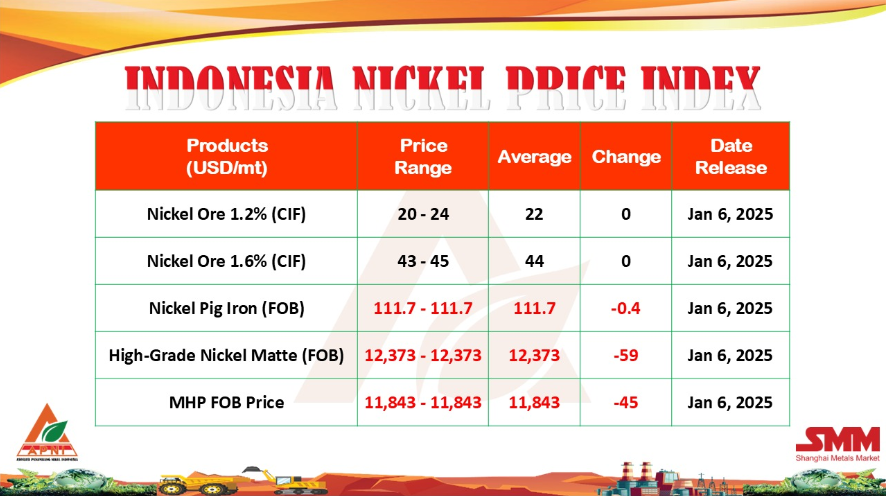[Ferro-alloys.com] OM Materials (Sarawak) Sdn Bhd (OMS), the first of three ferrosilicon alloy smelting plants that have been commissioned in Bintulu’s Samalaju Industrial Park, expects to reach phase-one full production in the second half of this year.
Five of the 16 furnaces are now in operation, as production is ramped up since the alloys were successfully tapped in September last year, according to Cahya Mata Sarawak Bhd (CMS) group managing director Datuk Richard Curtis.
“We hope that all the 11 remaining furnaces will be commissioned by end-2015,” he told StarBiz.
CMS, via wholly owned subsidiary Samalaju Industries Sdn Bhd (SISB), recently raised its stake in OMS to 25% after paying US$18.45mil for an additional 5% divested by its joint-venture (JV) partner OM Materials (S) Pte Ltd.
Curtis said phase two of the US$592mil smelting project, which will produce manganese alloy, was scheduled to come on stream in the second half of 2016.
The two phases would have a combined installed production capacity of 600,000 tonnes per annum.
“Going forward, we envisage that market demand for both ferrosilicon and manganese alloys from the smelter will be driven by long-term growth prospects for steel production in the East-Asian region.
“The smelter is also expected to reap the benefits of competitive energy costs, a tax holiday with no import/or export duties, and its strategic proximity to growing East-Asian markets, which will translate into a competitive first-quartile position in the industry’s operating and delivery cost curve.
“These reasons, together with binding market price-linked off-take arrangements with leading industry players for over 60% of production, and the change in industry dynamics bode well for the smelter’s future growth,“ he said.
The change in industry dynamics, according to Curtis, is largely driven by rising power prices and labour costs, growing East-Asian demand for non-China sourced ferrosilicon alloys, higher environmental standards affecting older smelting plants, as well as the China government’s disincentives to export energy-intensive products.
Describing CMS’ stake in OMS as a good investment, Curtis said, however, that there were no plans to further increase SISB’s equity interest in OMS, which had recorded a profit in financial year ended Dec 31, 2014 as a result of a favourable exchange rate attributed to the appreciation of the US dollar to the ringgit.
He said CMS had a clear vision to ride on the Sarawak growth story by investing in energy-intensive industries and would continue its investment in infrastructure-related industries, like cement manufacturing. The group is currently building a third grinding plant costing some RM190mil that would raise the combined installed capacity to 2.75 million tonnes per annum by early next year.
“With these two areas of focus, we are looking for (investment) opportunities,” he added, when asked if the group had identified other new industries to invest in.
SISB’s second investment in the energy-intensive industry is an RM1.55bil JV integrated phosphate complex project in Samalaju Industrial Park. SISB and Malaysian Phosphate Ventures Sdn Bhd will each own a 40% stake, while Arif Enigma will have 20% in JV firm Malaysian Phosphate Additives (Sarawak) Sdn Bhd.
“We expect financial close for the project in the next six months. The project will be financed via a 70:30 debt/equity (model),” said Curtis
12TH CHINA FERRO-ALLOYS INTERNATIONAL CONFERENCE

May 27-29, 2015 Shangri-La Hotel, Qingdao, China
Host: CCCMC Ferro-Alloys.com
Registration for the conference, please contact with Ms. Yue,
EMAIL: yueleilei@ferro-alloys.com SKYPE ID: ferroalloy_mo
TEL: 86-10-87760688(ext 819) Fax:86-10-87776388(ext 810) WEB: www.ferro-alloys.com
- [Editor:Yueleilei]



 Save
Save Print
Print Daily News
Daily News Research
Research Magazine
Magazine Company Database
Company Database Customized Database
Customized Database Conferences
Conferences Advertisement
Advertisement Trade
Trade














 Online inquiry
Online inquiry Contact
Contact

Tell Us What You Think